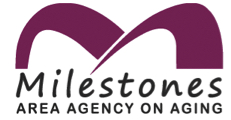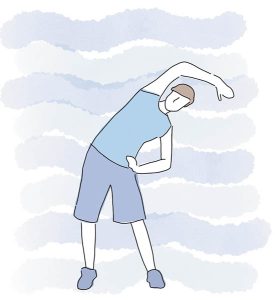September 1, 2024
Debunking the Myths of Older Adult Falls

Contributed by National Council on Aging
Myth 1: Falling happens to other people, not to me.
Reality: Many people think, “It won’t happen to me.” But the truth is that 1 in 4 older adults fall every year in the U.S.
Myth 2: Falling is something normal that happens as you get older.
Reality: Falling is not a normal part of aging. Strength and balance exercises, managing your medications, having your vision checked, and making your living environment safer are all steps you can take to prevent a fall.
Myth 3: If I limit my activity, I won’t fall.
Reality: Some people believe that the best way to prevent falls is to stay at home and limit activity. Not true. Performing physical activities will actually help you stay independent, as your strength and range of motion benefit from remaining active. Social activities are also good for your overall health.
Myth 4: As long as I stay at home, I can avoid falling.
Reality: Over half of all falls take place at home. Inspect your home for fall risks. Fix simple but serious hazards such as clutter, throw rugs, and poor lighting. Make simple home modifications, such as adding grab bars in the bathroom, a second handrail on stairs, and non-slip paint on outdoor steps.
 Myth 5: Muscle strength and flexibility can’t be regained.
Myth 5: Muscle strength and flexibility can’t be regained.
Reality: While we do lose muscle as we age, exercise can partially restore strength and flexibility. It’s never too late to start an exercise program. Even if you’ve been a “couch potato” your whole life, becoming active now will benefit you in many ways—including protection from falls. Milestones Area Agency on Aging offers programs such as Tai Chi and Matter of Balance, which can help your prevent falls.
Myth 6: Taking medication doesn’t increase my risk of falling.
Reality: Taking any medication may increase your risk of falling. Medications affect people in many different ways and can sometimes make you dizzy or sleepy. Be careful when starting a new medication. Talk to your health care provider about potential side effects or interactions of your medications.
Myth 7: I don’t need to get my vision checked every year.
Reality: Vision is another key risk factor for falls. Aging is associated with some forms of vision loss that increase risk of falling and injury. People with vision problems are more than twice as likely to fall as those without visual impairment. Have your eyes checked at least once a year and update your eyeglasses. For those with low vision there are programs and assistive devices that can help. Ask your optometrist for a referral.
Myth 8: Using a walker or cane will make me more dependent.
Reality: Walking aids are very important in helping many older adults maintain or improve their mobility. However, make sure you use these devices safely. Have a physical therapist fit the walker or cane to you and instruct you in its safe use.
To learn more about fall prevention and discover programs like Matter of Balance, contact Milestones AAA at 855-610-4222.
Milestones Iowa Area Agency on Aging promotes a variety of Wellness Programs dedicated to building healthy lifestyles for older adults through education, counseling, and a variety of fitness and wellness classes to help keep you healthy and independent. Want to Learn More? Call Milestones at (855)-410-6222 or visit milestonesaaa.org.
Filed Under: Health & Wellness, News
Trackback URL: https://www.50pluslife.com/2024/09/01/debunking-the-myths-of-older-adult-falls/trackback/


